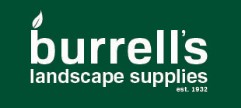When it comes to gardening and garden projects, its easy to get confused about the various types and names of soils that get thrown around. For example topsoil, garden soil, garden mixes, turf underlay and top dressing just to name a few. Let’s delve into this deeper and get a better understanding of the various soil types
The 6 main types of soil are:
Topsoil refers to the uppermost layer of soil consisting of loose material like sand, silt and clay mixed with decomposing plant and animal matter. Topsoil is usually between 4 to 8 inches deep and contains the majority of soil nutrients needed by plants. The organic matter in topsoil helps retain water and nutrients, improving the soil’s structure and aeration. Healthy topsoil teems with beneficial organisms that recycle nutrients and make them available to plant roots. Topsoil is dark in color due to its humus content, and it is loose and easy to dig with your hands.
Garden soil refers to any type of soil used in planting beds, containers and lawn areas. Garden soil can be the existing native topsoil on your property or purchased garden soil mixes. Good garden soil is loose, well-aerated and has good drainage. It contains between 3% to 10% organic matter to provide nutrients and retain moisture. The ideal pH range for most plants and lawns is between 6.0 and 7.0. Garden soil should be tested periodically to determine its nutrient content and pH level. Adding compost and other amendments can improve the structure and fertility of garden soil over time.
Garden mixes are bags or loose bulk premixed soil blends designed for specific garden uses. There are mixes for raised beds, containers, lawns, vegetable gardens and more. These mixes typically contain a base of topsoil and organic matter like compost combined with materials like perlite or sand to improve drainage and aeration. The ideal ratio of components varies depending on the intended use. Garden mixes aim to provide fertile, well-structured soil that’s ready to plant into right out of the bag
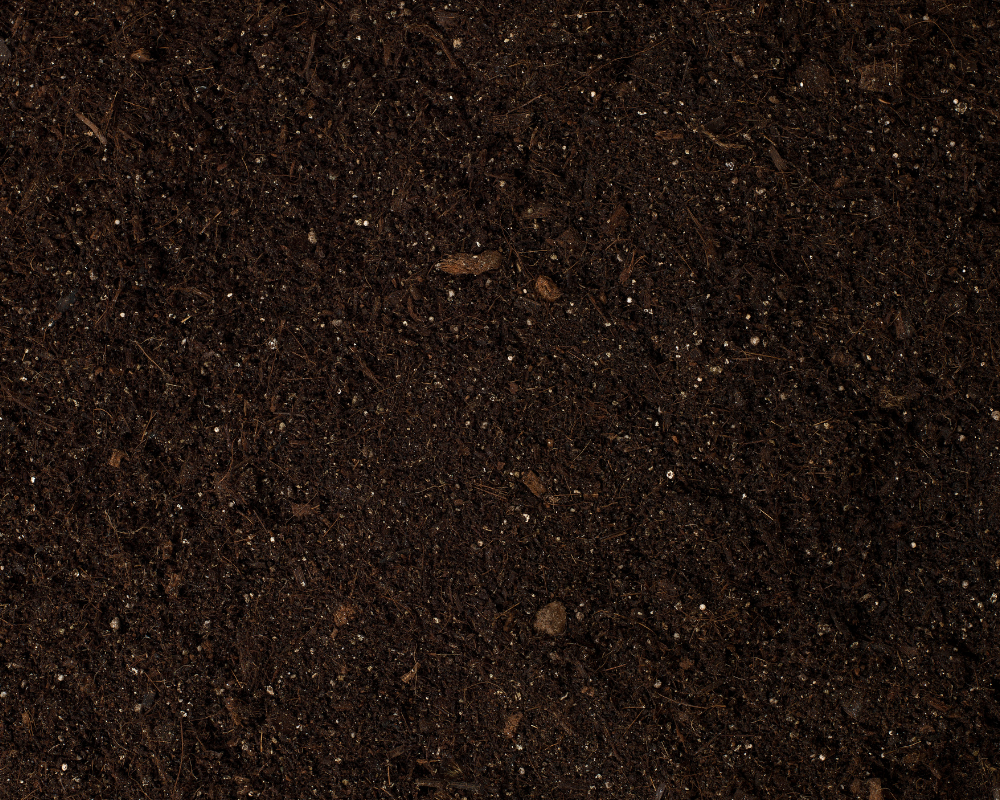
Gardening soil mixes are a convenient solution for both novice gardeners and experienced landscapers. These pre-mixed soils are carefully formulated to provide the essential nutrients that plants need to thrive. Garden mixes boast a meticulous combination of topsoil, organic matter, and occasionally perlite or vermiculite.
One of the key advantages of pre-mixed gardening soils is their nutrient-rich composition. These soils are typically enriched with essential elements like nitrogen, phosphorus, and potassium, which are vital for plant growth. This formulation aims at delivering vital nutrients, fostering optimal drainage, and augmenting aeration. Uses & applications include:
Premium garden soil or organic garden soil elevates the standard gardening mix by incorporating organic matter sourced from natural origins. Prioritizing sustainability and environmental well-being, these soils often feature compost, well-rotted manure, a nice blend of sand, and additional organic amendments. This enriches the soil with nutrients, fostering microbial activity and contributing to the overall health and fertility of the soil.
The main benefits of organic garden soil are that it supports a diversity of soil microorganisms, builds soil structure, and releases nutrients at a balanced pace that matches plant demand.
Organic garden soil has many uses and applications. It is commonly used for:
• Vegetable gardens
• Flower beds
• Container gardening
• Lawn care
Top dressing soil is a soil mix used to cover and improve the surface layer of soil in gardens, lawns and planted areas. It is applied in a thin layer, usually 1/4 to 1 inch deep, on top of the existing soil.
Top dressing soil serves multiple purposes:
Turf underlay soil is a soil mix specifically designed to be used beneath turfgrass. It is meant to provide a supportive layer for the turf while also allowing proper drainage of water.
Turf underlay soil typically consists of a mixture of sand, silt and clay particles to create an ideal blend of drainage, aeration and water retention.
The main uses of turf underlay soil are:
Sandy loam soil consists of roughly equal parts sand, silt and clay, making it well-balanced for plant growth. The larger sand particles allow for good drainage and aeration within the soil, while the clay and silt hold onto nutrients and moisture. This combination results in sandy loam being an ideal soil type for gardens and agricultural fields.
Sandy loam is used for a variety of purposes:
• Vegetable gardens
• Flowerbeds
• Lawns
• Potting mix
• Topsoil
Fill soil, also known as general fill soil, is a mixture of sand, silt, clay and organic materials that is used as a base layer or foundation fill under structures, patios, walkways and other hardscape elements. It provides a stable base and level surface to build or install structures upon.
Fill soil differs from topsoil or planting mix in that:
• It is not screened to remove rocks, debris or organic materials. This makes it less expensive and suitable as a base fill rather than a planting medium.
• It often has a higher clay and sand content with less organic matter. This makes it more stable and less prone to settling over time.
• It is typically not amended with fertilizers or other additives to improve plant growth. Fill soil is meant to provide structure and stability rather than nourish plants.
With a simple screen layout and step by step ordering process, ordering sand supplies takes less than under 2 minutes
View and compare prices from nearby Suppliers up front so you can decide what’s best for you – distance, price or material quality
We embody precision. Our drivers have all the information they need to provide a top delivery service, and you get three delivery options
Garden mixes provide numerous benefits for gardeners, including: Garden mixes aim to mimic ideal “loam” soil conditions to provide the best growing medium for a wide variety of plants. The components are selected and balanced to create soil that drains well while also retaining adequate moisture and nutrients. This can improve plant health and growth rates compared to unmodified native soil.
The premixed and balanced nature of garden mixes also reduces the risk of under- or over-fertilizing plants. The nutrient levels in the mixes are formulated to provide the appropriate amount of food for common plants and vegetables. This simplifies the fertilizing process and reduces the risk of burning plant roots.
Garden mixes contain all the necessary ingredients in the proper ratios to create high-quality soil. This saves the time and effort of mixing and amending soil ingredients yourself.
Garden mixes are formulated to provide an optimal balance of nutrients for healthy plant growth right from the start. This reduces the need for additional fertilizers.
Garden mixes typically contain materials like perlite, sand and compost to create soil with loose, well-aerated structure and good drainage. This helps ensure plant roots receive sufficient air and water.
The fertile, well-structured soil in garden mixes allows newly planted flowers, vegetables and lawns to grow and establish more quickly with less stress.
In summary, Garden mixes aim to mimic ideal “loam” soil conditions to provide the best growing medium for a wide variety of plants. The components are selected and balanced to create soil that drains well while also retaining adequate moisture and nutrients. This can improve plant health and growth rates compared to unmodified native soil.
The premixed and balanced nature of garden mixes also reduces the risk of under- or over-fertilizing plants. The nutrient levels in the mixes are formulated to provide the appropriate amount of food for common plants and vegetables. This simplifies the fertilizing process and reduces the risk of burning plant roots.
Garden mixes have several important uses for home gardeners and landscapers. Some of the main uses of garden mixes include:
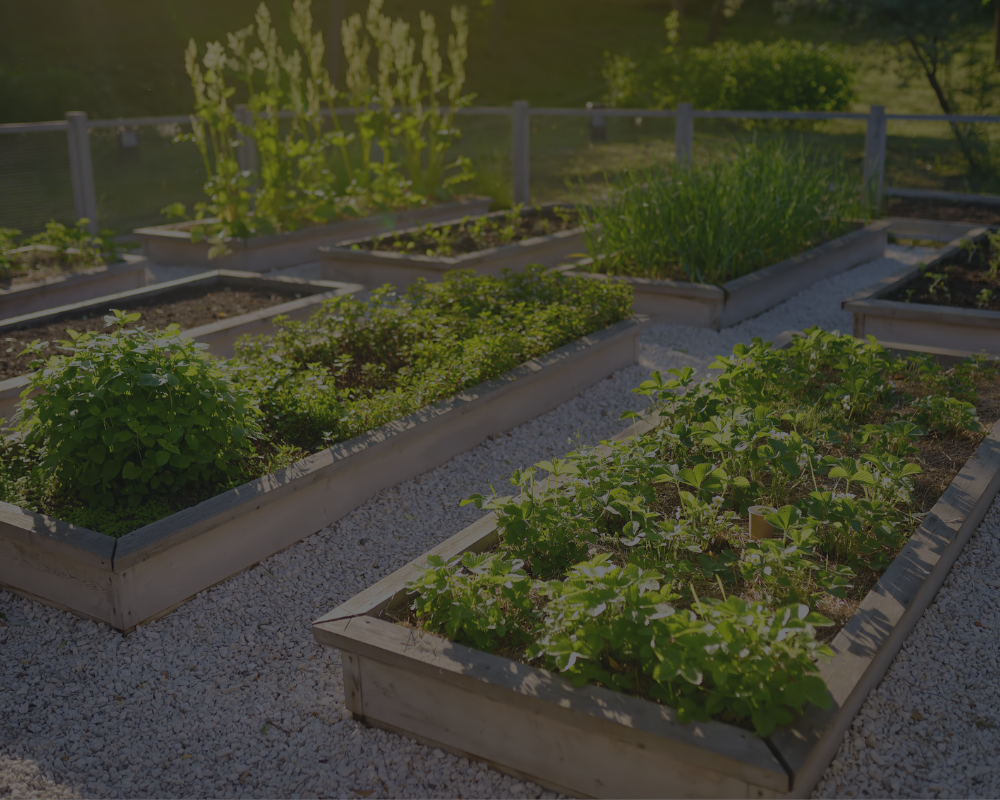
Garden mixes are often used when first creating new planting beds. The ideal soil structure and nutrients provide the best possible environment for new plants to grow strong roots and establish themselves.
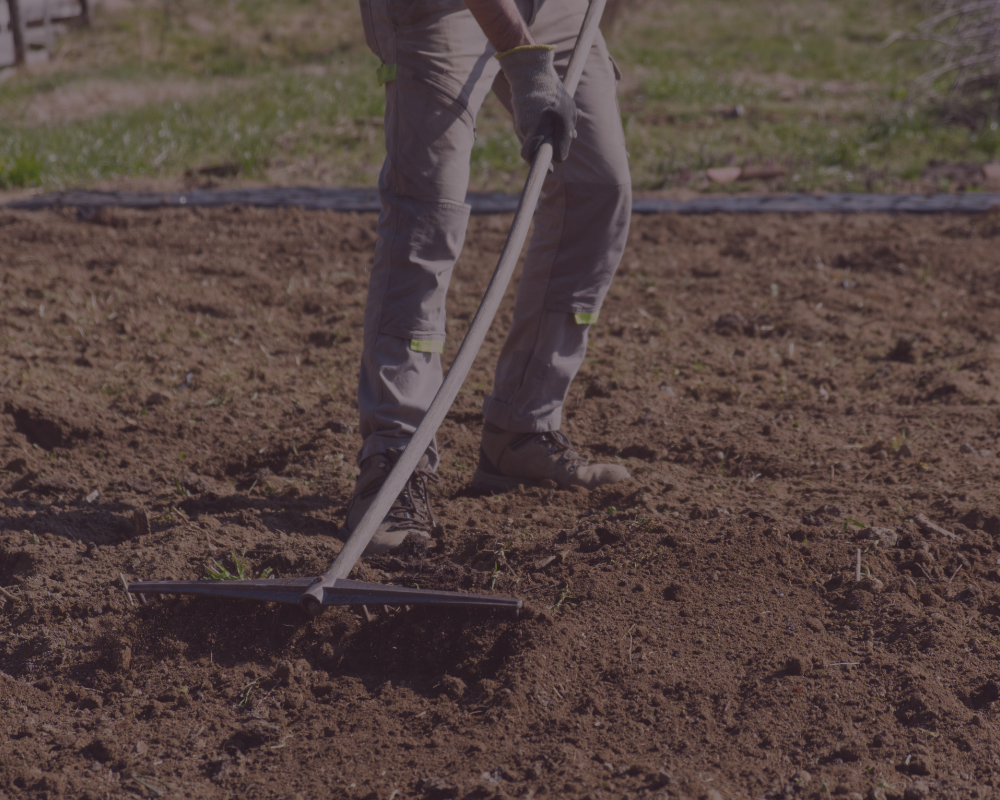
Garden mixes can be added to native garden soil to improve its drainage, aeration, and nutrient content. This provides benefits for plants already growing in the soil.
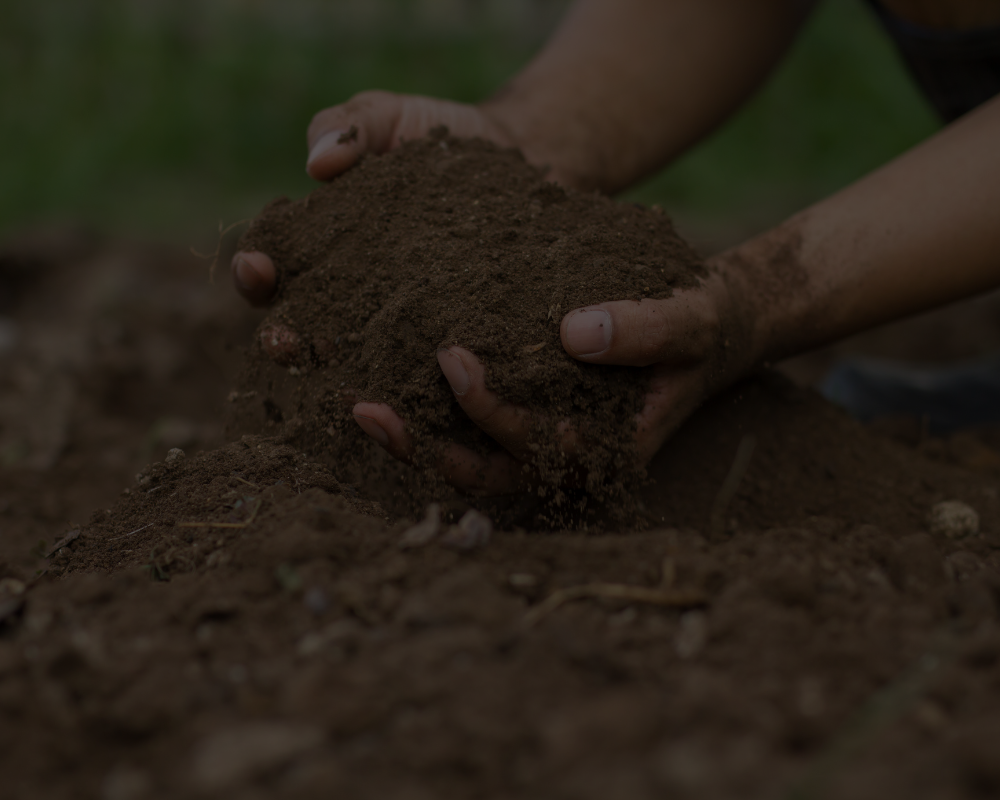
Many garden mixes are designed specifically for use in pots, planters, and raised beds. They create optimal soil conditions for growing plants in containers.
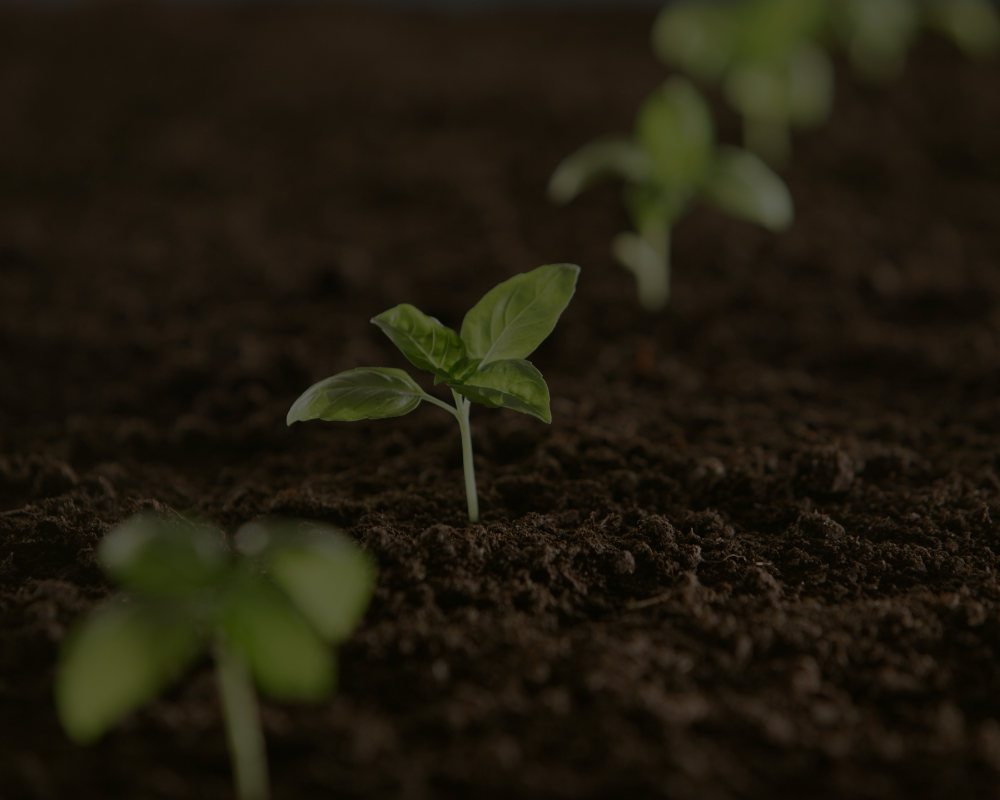
Some garden mixes are formulated to support the growth of seedlings and young plants. The sterile, nutrient-rich soil helps seedlings establish before being transplanted.
The soil type that tends to work best for most gardens in Newcastle, NSW is a clay loam soil. Clay loam soils have a good balance of clay, silt and sand particles that allow for proper drainage, water retention and nutrient holding capacity. Some key points about using clay loam soil in Newcastle gardens:
• Clay loam soils have higher water retention abilities due to their clay content. This means less frequent watering is needed for plants during hot Australian summers.
• The loamy texture of clay loam provides good drainage to prevent waterlogging of plant roots. Excess water drains out while enough moisture is retained for healthy plant growth.
• Clay loam soils tend to have good fertility and can supply plants with essential nutrients like phosphorus and potassium that are held by the clay particles.
• Adding organic matter like compost and aged manure to clay loam soils can further improve their structure, aeration and nutrient levels. This makes clay loam a good candidate for soil amendments.
• Most plants grow well in clay loam soils as long as proper drainage is provided. Vegetables, flowers, lawns and trees tend to thrive in this soil type with regular amendments.
On RUBBL you can buy top soil and many other types of soil by comparing multiple soil suppliers within the one screen. RUBBL, an aggregator of soils suppliers is your best option because you can view and compare soil types, prices and quality across multiple suppliers in just a few clicks. In fact, RUBBL provides the most extensive range of soil supplies in Newcastle.
The process of getting soil delivered to your project site involves careful consideration of various factors, including your delivery preferences and requirements.
RUBBL is your go-to soil delivery partner. With three effective delivery options to suit all your landscaping needs, vehicle tracking, paperless invoicing, ordering, and receiving soil is a breeze!
There are other considerations to consider when ordering soil, and RUBBL has them all covered. Factors such as site access, timing, and site preparation should be taken into account to prevent delays and complications. With the RUBBL App, you can specify all this information with ease, making your delivery incredibly simple and hassle-free.
What is the difference between potting mix and garden mix?
While both potting mix and garden mix are used for growing plants, they serve different purposes. Potting mix is specifically designed for container plants. It is lightweight, provides excellent drainage, and contains a balanced mix of nutrients necessary for potted plants. Garden mix, however, is intended for adding nutrients and organic matter to garden soil, improving its overall structure and fertility.
What soil type should I use for a garden bed?
For garden beds, organic garden soil or compost is the best option. These kinds of soil are rich in nutrients and provide an ideal environment for plants to thrive. They have a good balance of drainage and water retention, and they foster microbial activity, which is beneficial for the health of your plants.
What type of soil should I use when planting a new lawn?
When planting a new lawn, the best type of soil to use is turf underlay and top dressing. Turf underlay provides a solid foundation on which your turf can establish its roots, while top dressing improves the soil’s structure and fertility, and helps to keep it level.
What type of soil is best for grass?
The best type of soil for grass is a combination of sand, silt, and clay soils, also known as loam soil. Sandy loam, for example, provides an excellent balance between drainage and nutrient retention, making it ideal for healthy grass growth.
How can clay soils be improved for gardening?
There are a few ways to improve heavy clay soils for gardening:
• Add organic matter: Compost, manure, peat moss and mulch can be worked into the soil to introduce organic matter that will help break up clay particles, improve the soil structure and increase nutrient levels.
• Raise beds: Constructing raised garden beds filled with improved soil or a soil/compost mix is a good option for clay soils. The beds allow for better drainage and aeration for plant roots.
• Grow in containers: Filling containers with a commercial potting mix is a good alternative to dealing with clay soil, allowing you to grow plants that would otherwise struggle.
• Add gypsum: Gypsum works its way between clay particles to break up the soil structure and improve aeration, drainage and workability. It needs to be worked into the soil several times over multiple seasons to be most effective.
• Lay down organic mulch: Placing 2-4 inches of organic mulch like straw, shredded leaves or bark chips on top of garden beds can help keep clay soil from getting compacted by rain and foot traffic.
What nutrients does garden soil need?
The main nutrients plants require in the soil are nitrogen, phosphorus and potassium. Micronutrients like calcium, magnesium and sulfur are also needed in smaller amounts. A soil test will determine if your soil is deficient in any nutrients.
How do I get rid of weeds in garden soil?
Weed seeds are persistent in soil, so prevention is key. Methods to remove existing weeds include hand-pulling, using a hoe, applying mulch, or spot-spraying with weedkillers. Solarization involves covering moist soil with clear plastic to “cook” weed seeds.
Should garden soil be fluffy or firm?
The ideal soil for planting should be lightly firm but fluffy. It should hold its shape when squeezed but break up easily when disturbed. This indicates good aeration and drainage while still providing support for roots. Soil that is too compacted or too loose are both problematic for plant growth.


